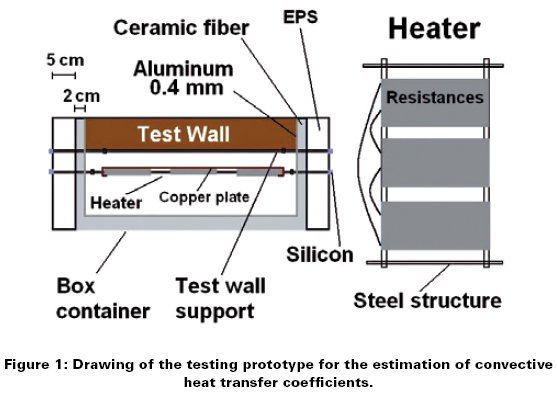The thermal conductivities of ceramic based substrates are usually one or two orders of magnitude higher than those of conventional epoxy based substrates.
Ceramic fiber heat transfer coefficient.
Furthermore the heat transfer coefficients at the top and bottom of the specimen are directly determined from the cfd simulation.
Fine ceramics also known as advanced ceramics have low coefficients of thermal expansion less than half those of stainless steels.
The data points were correlated in dimensionless form to provide a universal correlation for the estimation of heat transfer coefficients of any ceramic sponge using pressure drop data.
The radiant heat transfer coefficients on the inside and outside of the surfaces.
Heat transfer coefficients resulted within 40 500 w m 2 k 1 varying the superficial air velocity from 0 5 to 5 m s 1.
Expansion values vary depending on the material being heated.
The demand for ceramic substrates with high mechanical strength and.
H 0 is the heat transfer coefficient of the ceramic fiber cotton obtained from the cfd simulation w m 2 k 1 and h s is the heat transfer coefficient at the side of the specimen w m 2 k 1.
Thermal conductivity for aluminum is 215 w m k from the table above.
The advanced ceramic fiber materials are potential candi and conductivity at high temperature.
Heat transfer by convection is emphasized by the present treatment.
Recently ceramic substrates have been of great interest for use in light emitting diode led packaging materials because of their excellent heat transfer capability.
The coefficient ratio of thermal expansion indicates how much a material expands per 1 2 2 rise in temperature.




.jpg)






















